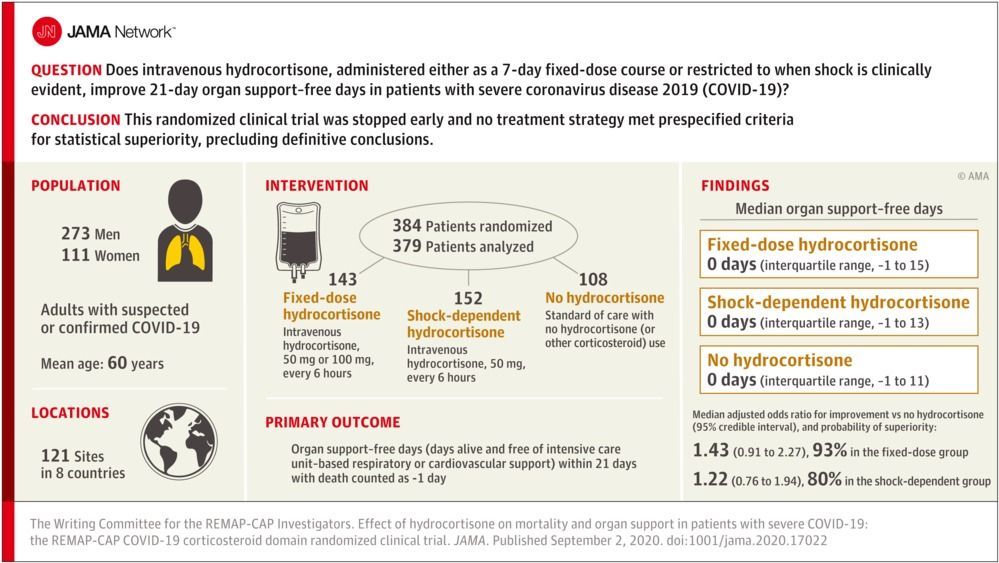CW Developer Network.
Quantum computing is complex. Content Continues Below.



The emergence of artificial intelligence and machine learning techniques is changing the world dramatically with novel applications such as internet of things, autonomous vehicles, real-time imaging processing and big data analytics in healthcare. In 2020, the global data volume is estimated to reach 44 Zettabytes, and it will continue to grow beyond the current capacity of computing and storage devices. At the same time, the related electricity consumption will increase 15 times by 2030, swallowing 8% of the global energy demand. Therefore, reducing energy consumption and increasing speed of information storage technology is in urgent need.
Berkeley researchers led by HKU President Professor Xiang Zhang when he was in Berkeley, in collaboration with Professor Aaron Lindenberg’s team at Stanford University, invented a new data storage method: They make odd numbered layers slide relative to even-number layers in tungsten ditelluride, which is only 3nm thick. The arrangement of these atomic layers represents 0 and 1 for data storage. These researchers creatively make use of quantum geometry: Berry curvature, to read information out. Therefore, this material platform works ideally for memory, with independent ‘write’ and ‘read’ operation. The energy consumption using this novel data storage method can be over 100 times less than the traditional method.
This work is a conceptual innovation for non-volatile storage types and can potentially bring technological revolution. For the first time, the researchers prove that two-dimensional semi-metals, going beyond traditional silicon material, can be used for information storage and reading. This work was published in the latest issue of the journal Nature Physics. Compared with the existing non-volatile (NVW) memory, this new material platform is expected to increase storage speed by two orders and decrease energy cost by three orders, and it can greatly facilitate the realization of emerging in-memory computing and neural network computing.

Bioengineering.
There is currently no vaccine or cure towards COVID-19. It is predicted the development of a safe and effective vaccine to prevent COVID-19 will take 12 to 18 months, by which time hundreds of thousands to millions of people may have been infected. With a rapidly growing number of cases and deaths around the world, this emerging threat requires a nimble and targeted means of protection.
Could CRISPR be the next virus killer? To address this global pandemic challenge, we are developing a genetic vaccine that can be used rapidly in healthy and patients to greatly reduce the coronavirus spreading. We developed a safe and effective CRISPR system to precisely target, cut and destroy COVID-19 virus and its genome, which stops coronavirus from infecting the human lung.
We’ve shown that the CRISPR system can reduce 90% of coronavirus load in human cells. It can also protect humans against essentially 90% of all current and emerging coronaviruses. The project is ongoing, and we are working around the clock towards getting an actual product by combing our CRISPR method with an inhaler-based delivery device.

At the same time, the NCSC had to help government and public-sector organisations deal with the sudden increased dependence on technology, whether in the cabinet meeting over video link or the government sending out genuine text messages to the entire public.
The departing head of the National Cyber Security Centre reflects on the threats he has faced.

This is my second video presentation on the topic of GEO space-based solar power (astroelectricity). This was also given via video at a conference in Portugal on 22 Aug 2020. After a brief introduction to astroelectricity, the 24-minute presentation addresses how global astroelectricity will enable most of the 17 UN Sustainable Development Goals to be addressed and, especially, how affordable middle-class housing can be built. We are living in an exciting time (in a positive sense) where emerging technologies will enable us to push through these difficult times. The key is to undertake an orderly transition from fossil carbon fuels to astroelectricity and not be sidetracked by poorly developed “solutions” such as the Paris Climate Agreement and the Green New Deal.
The world needs a peaceful, orderly plan to transition from fossil carbon fuels to globally decentralized sustainable energy sufficient to enable worldwide middle-class prosperity. Nuclear power, wind power, and ground solar power—“solutions” often tied to the Green New Deal—cannot practically achieve this. Astroelectricity, generated in space by space-based solar power, can meet this need. This presentation builds on the “(Em)powering World Peace and Prosperity Using Astroelectricity” to discuss the global benefits that will arise from transitioning to astroelectricity.
In this presentation, astroelectricity is described followed by examples of how global astroelectricity will enable most of the U.N. Sustainable Development Goals to be realized this century. The presentation ends with describing how astroelectricity, 3D-printing, and humanoid construction robots can revolutionize building affordable middle class homes to boost the world’s standard of living, ending energy impoverishment and substandard housing while providing high-quality science, technology, engineering, architecture, manufacturing and construction jobs worldwide.
This invited presentation was made, via video, at the 22 August 2020 Planet Masters conference in Portugal.


The technology behind the quantum computers of the future is fast developing, with several different approaches in progress. Many of the strategies, or “blueprints,” for quantum computers rely on atoms or artificial atom-like electrical circuits. In a new theoretical study in the journal Physical Review X, a group of physicists at Caltech demonstrates the benefits of a lesser-studied approach that relies not on atoms but molecules.
“In the quantum world, we have several blueprints on the table and we are simultaneously improving all of them,” says lead author Victor Albert, the Lee A. DuBridge Postdoctoral Scholar in Theoretical Physics. “People have been thinking about using molecules to encode information since 2001, but now we are showing how molecules, which are more complex than atoms, could lead to fewer errors in quantum computing.”
At the heart of quantum computers are what are known as qubits. These are similar to the bits in classical computers, but unlike classical bits they can experience a bizarre phenomenon known as superposition in which they exist in two states or more at once. Like the famous Schrödinger’s cat thought experiment, which describes a cat that is both dead and alive at the same time, particles can exist in multiple states at once. The phenomenon of superposition is at the heart of quantum computing: the fact that qubits can take on many forms simultaneously means that they have exponentially more computing power than classical bits.

Findings In this bayesian randomized clinical trial that included 403 patients and was stopped early after results from another trial were released, treatment with a 7-day fixed-dose course of hydrocortisone or shock-dependent dosing of hydrocortisone, compared with no hydrocortisone, resulted in 93% and 80% probabilities of superiority, respectively, with regard to the odds of improvement in organ support–free days within 21 days.
Objective To determine whether hydrocortisone improves outcome for patients with severe COVID-19.
Design, Setting, and Participants An ongoing adaptive platform trial testing multiple interventions within multiple therapeutic domains, for example, antiviral agents, corticosteroids, or immunoglobulin. Between March 9 and June 17, 2020, 614 adult patients with suspected or confirmed COVID-19 were enrolled and randomized within at least 1 domain following admission to an intensive care unit (ICU) for respiratory or cardiovascular organ support at 121 sites in 8 countries. Of these, 403 were randomized to open-label interventions within the corticosteroid domain. The domain was halted after results from another trial were released. Follow-up ended August 12, 2020.
Interventions The corticosteroid domain randomized participants to a fixed 7-day course of intravenous hydrocortisone (50 mg or 100 mg every 6 hours) (n = 143), a shock-dependent course (50 mg every 6 hours when shock was clinically evident) (n = 152), or no hydrocortisone (n = 108).
